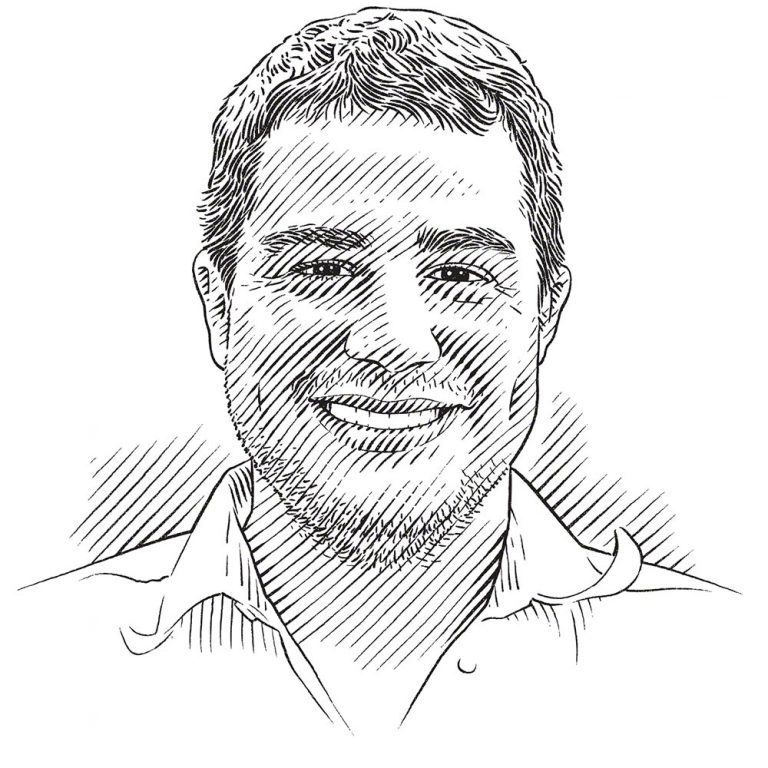In conversation with Pelayo Salinas de León
Dr Pelayo Salinas de León has been working as a senior marine scientist for the Charles Darwin Foundation in the Galápagos for the past five years, with the ecology and conservation of sharks and manta rays as one of his major themes. Philippa Ehrlich talked with him about the archipelago’s sharks and the effects of the recent El Niño event.
Photo by Thomas Peschak
Dr Pelayo Salinas de León has been working as a senior marine scientist for the Charles Darwin Foundation in the Galápagos for the past five years, with the ecology and conservation of sharks and manta rays as one of his major themes. Philippa Ehrlich talked with him about the archipelago’s sharks and the effects of the recent El Niño event.
What is it like to work in a place that every biologist dreams of?
It sounds very stereotypical, but for me that dream actually came true. I am still trying to figure out why, but since I was a kid I wanted to work in the Galápagos for the Charles Darwin Foundation. I had been e-mailing the station since my early university days: after my thesis, before my Masters, after my Masters and after my PhD. I was like a stalker. Eventually, in 2012, the job ad for the position of fisheries ecologist came up and I applied. I was called for an interview and I guess I knew a lot about the Galápagos and the station by then. Anyway, I got the job, and then from there it has been a very steep learning curve. Funding is tight and there are not many of us, so I had to take on a lot of work at once. But you know, when you do something that you are passionate about it becomes kind of easy.
Can you describe your shark research specifically?
We have done a lot of work on sharks over the years, but for our project funded by the Save Our Seas Foundation (SOSF), which is a collaboration between the Charles Darwin Foundation, Curtin University in Australia and Massey University in New Zealand, we wanted to determine the influence of different factors on shark abundance and diversity and establish a baseline to determine the benefits of the Galápagos marine reserve. This is a 130,000-square-kilometre (50,000-square-mile) area where sharks have been protected since 1998. We chose to use Baited Remote Underwater Video Systems (BRUVs) because they work very well for sharks and they could feed the global initiative to use the same methodology to establish a baseline for shark abundance across the world. We used bottom-water BRUVs to quantify sharks close to the reef and mid-water BRUVs to monitor pelagics. Also, the Galápagos waters are influenced by different currents and, depending on the time of the year, those currents change, resulting in a warm season and a cold season. So, starting in 2015, we sampled twice a year at about 30 sites to see changes across seasons and bio-regions.
What made 2015 so remarkable in terms of your BRUVs work?
At the end of the second sampling survey that year there was an El Niño event in the Pacific. Under normal conditions, cold water coming from the Antarctic circulates up to the Galápagos during the cold season, but in some years that current changes and rather than flowing in from the south, it comes from the Indo-Pacific in the west. So in an El Niño year, really cold water is replaced by really warm water.
